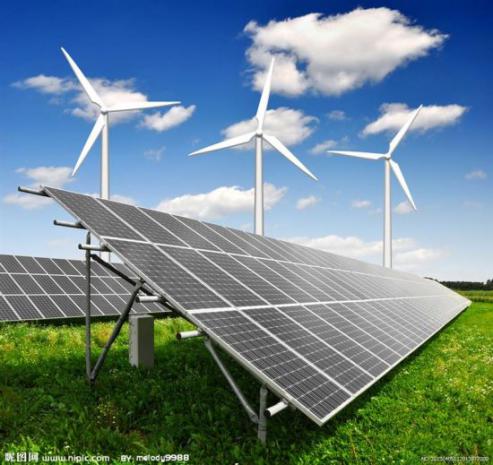
Breaking News
 The Tenpenny Files with Patrick Byrne
The Tenpenny Files with Patrick Byrne
 What Just Happened With Ron Paul Changes EVERYTHING (You're Witnessing History)
What Just Happened With Ron Paul Changes EVERYTHING (You're Witnessing History)
 Piers Morgan CLASHES with Candace Owens During On-Air Firestorm Interview:
Piers Morgan CLASHES with Candace Owens During On-Air Firestorm Interview:
 House Passes Bill to Prosecute Doctors and Parents for Sex Changes for Children...
House Passes Bill to Prosecute Doctors and Parents for Sex Changes for Children...
Top Tech News
 This tiny dev board is packed with features for ambitious makers
This tiny dev board is packed with features for ambitious makers
 Scientists Discover Gel to Regrow Tooth Enamel
Scientists Discover Gel to Regrow Tooth Enamel
 Vitamin C and Dandelion Root Killing Cancer Cells -- as Former CDC Director Calls for COVID-19...
Vitamin C and Dandelion Root Killing Cancer Cells -- as Former CDC Director Calls for COVID-19...
 Galactic Brain: US firm plans space-based data centers, power grid to challenge China
Galactic Brain: US firm plans space-based data centers, power grid to challenge China
 A microbial cleanup for glyphosate just earned a patent. Here's why that matters
A microbial cleanup for glyphosate just earned a patent. Here's why that matters
 Japan Breaks Internet Speed Record with 5 Million Times Faster Data Transfer
Japan Breaks Internet Speed Record with 5 Million Times Faster Data Transfer
 Advanced Propulsion Resources Part 1 of 2
Advanced Propulsion Resources Part 1 of 2
 PulsarFusion a forward-thinking UK aerospace company, is pushing the boundaries of space travel...
PulsarFusion a forward-thinking UK aerospace company, is pushing the boundaries of space travel...
 Dinky little laser box throws big-screen entertainment from inches away
Dinky little laser box throws big-screen entertainment from inches away
 'World's first' sodium-ion flashlight shines bright even at -40 ºF
'World's first' sodium-ion flashlight shines bright even at -40 ºF
China plans a mammoth 450 GW of wind and solar in its deserts

And while the world in general is accelerating its transition to renewable power, China is growing its capacity faster than anyone else as well.
Now, according to Reuters, it's got a series of mammoth solar and wind projects in the pipeline that will expand its current capacity by nearly half a terawatt.
"China is going to build the biggest scale of solar and wind power generation capacity on the Gobi and desert in history, at 450 GW," said He Lifeng, director of the National Development and Reform Commission (NDRC), on the sidelines of the National People's Congress in Beijing on Saturday.
About 100 GW of this new capacity is already under construction, adding to 306 GW of solar capacity and 328 GW of wind capacity that were already installed by the end of 2021. Chinese president Xi Jinping has pledged to get wind and solar capacity over 1.2 terawatts by 2030, as part of the country's plan to see its carbon emissions peak and begin to decline around the same time.
Coal will continue to support China's energy grids for the time being. While some 43.5 percent of the country's total installed capacity – or more than a terawatt by last October – is now renewable, intermittency issues and capacity factors have kept the percentage of actual power that's generated by renewables closer to 26 percent, with most of the rest being coal-fired. Still, this compares favorably to other major economies, and it'll continue to grow steadily as these enormous planned resources come online.



